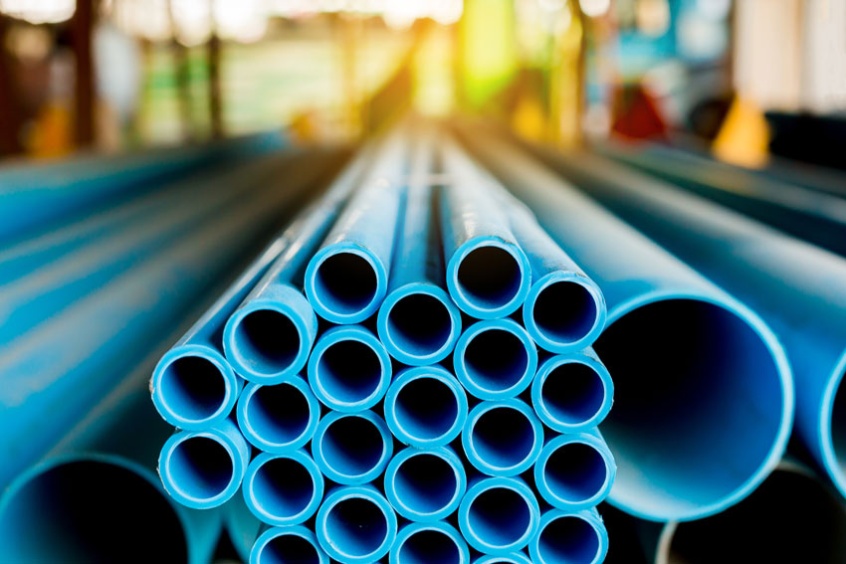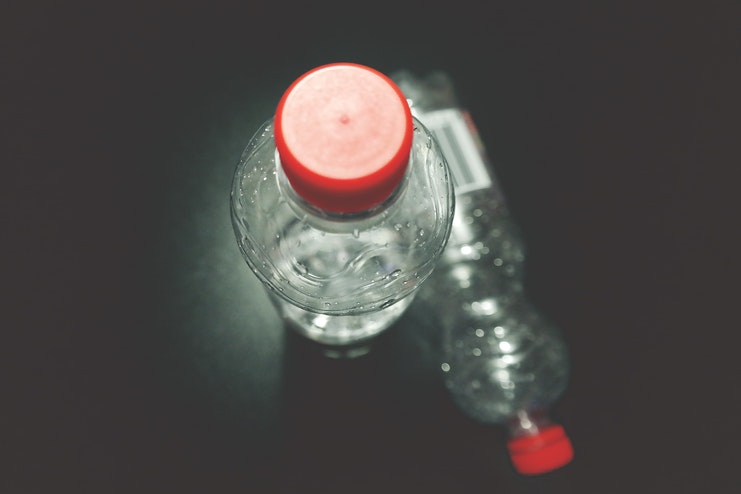Stearic acid or octadecanoic acid is a saturated fatty acid that occurs naturally in plant and animal fats. It has a white color and is often crystalline with a moderate odor. Stearic acid features an 18-carbon chain and is derived from tallow and vegetable sources. The acid and its additives are used in the production of polyvinyl chloride (PVC). Stearic … Read More
What Are Tartaric Acids Used For
Tartaric acid, sometimes called racemic acid, is an organic compound that naturally occurs in plants, wine, and many fruits, such as grapes, tamarinds, citrus, and bananas. The acid is available as a white solid that’s soluble in water. Its salt, commonly referred to as cream of tartar, is created naturally through fermentation. Tartaric acid is made from potassium acid tartrate … Read More
What are Phosphates Used For
Phosphorous is one of the most common elements in plant, animal, and human life. It occurs naturally in the environment. Phosphates are compounds made from the reaction of oxygen and phosphorous. The basic unit of phosphates is PO4. In general terms, phosphates can be referred to as phosphoric acid salts or esters. They are widely used in construction, mining, water … Read More
What Additives Are Added to PVC
PVC (Polyvinyl chloride) is one of the most synthesized plastic materials used in packaging, construction, and automotives. In the production process of PVC products, some additives are added to manipulate the physical or mechanical properties of the final products and improve processing capabilities. Additives are vital in modifying processing properties, product character, and quality. They are of many types, including … Read More
Why Is Graphite a Better Lubricant than Oil
The choice of lubricant you use depends on the application and the environment surrounding the application. When it comes to lubricating moving parts, you can use oil or liquid-based lubricants or dry lubricants like graphite. Mostly, graphite is preferred over multi-purpose oils. Below, we will discuss the benefits graphite offers over oil lubricants in industrial applications. Oil Lubricants Multipurpose oil … Read More
What is the Difference Between Lithium & Calcium Grease
Since not all grease applications are the same, finding a suitable one for the job can be daunting. Standard grease options are calcium and lithium grease. To select the best one for your industrial application, you need to understand how each works, the features required for optimum performance and your machinery’s inherent issues. Let’s look at the characteristics that differentiate … Read More
What is CMC in Drilling Mud
CMC (Carboxymethyl cellulose) is a white and fine powder formed by reacting cellulose with sodium hydroxide and monochloroacetic acid, forming CMC salt. It is one of the essential water-soluble polymers that offers many benefits that typical synthetic and natural glues don’t offer. The powder is mold-proof, tasteless, non-flammable, non-toxic, and easily dissolves in water. CMC solution is transparent and has … Read More
What Is 2-Ethylhexanoic Acid Used For
2-Ethylhexanoic acid, also called 2-EHA, is a commonly used organic compound, mainly to make lipophilic metal by-products that can dissolve in nonionic organic solvents. It is a carboxylic acid with the formula C8H16O2 with a generally high boiling point and mild odor. 2-EHA is a viscous and colorless oil with one carboxylic class found on a C8 carbon chain and … Read More
What Are the Benefits of Impact Modifiers
Adding impact modifiers to plastic compounded materials can help enhance the impact strength and durability of various plastic resins. Weak impact resistance is generally a performance defect observed in certain plastics, such as PVC, PP, and PS, mostly at low temperatures, which limits their application due to low impact resistance. Thus, adding impact modifiers is the best way to achieve … Read More
What Does Acrylic Polymer Do in Concrete
An acrylate polymer, commonly referred to as acrylic or polyacrylate, belongs to a family of polymers derived from acrylate monomers. These plastics stand out for their clarity, durability against breaking, and flexibility. Acrylic polymer contributes to concrete’s aesthetics, longevity, and bond strength. The main aim of using the polymer in concrete is to maintain internal moisture and reduce porosity, which … Read More























